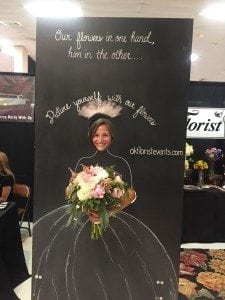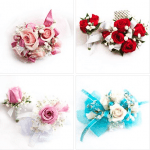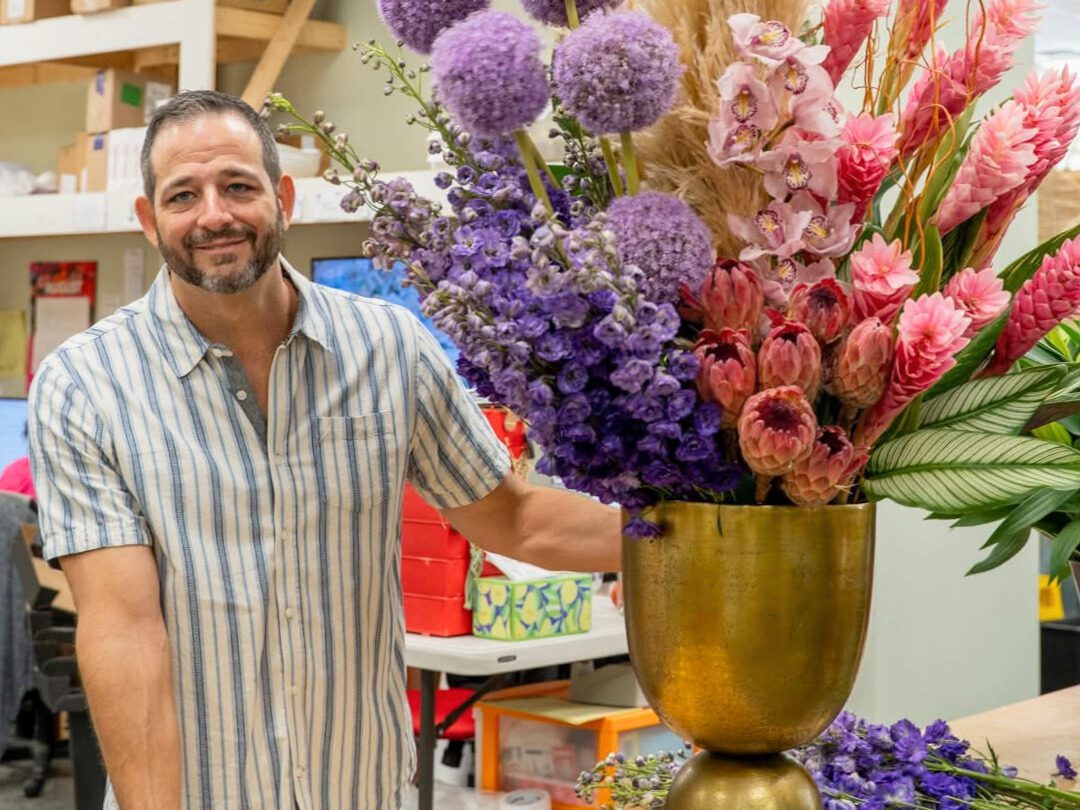
Karen Powell, owner of OK Florist in Charleston, South Carolina, uses a cutout board to interact with prospective clients. Retail experts say little touches that make shopping more experiential equate to greater sales numbers.
The longer customers linger, the more they’ll spend.
That insight, outlined in the 1999 book, “Why We Buy: The Science of Shopping,” has motivated some retailers to revamp their stores with features such as couches and coffee tables, beauty stations and test kitchens to make shopping more leisurely and enriching.
Dubbed the “small shopping movement,” this philosophy attempts to capture consumers’ growing preference for experiences and remind them why it’s fun to visit a brick and mortar establishment.
“The core of slow shopping is to make it interesting and engaging, versus online shopping, which is quick and easy,” said Candace Corlett, president of WSL Strategic Retail, a consulting company in a feature story that recently appeared in the Wall Street Journal.
The article described how Origins, a beauty company owned by Estee Lauder, increased sales by 40 percent by making its 87 free-standing stores more spa-like. Rather than squirting a pea-size of product on the back of their hands, applying it to their faces in front of a tiny mirror, and wiping it off with a tissue (the typical routine in department stores), customers can sit down in front of a vanity table equipped with a sink and mirror and properly test liquid products, such as exfoliators, masks and foundation, in the store. There’s even a wall specially lighted for selfies, so customers can share their new and improved look.
Here are a few ways you could bring slow shopping to your business:
- Carve out space for a small café.
- Add couches, end tables, books and board games.
- Post a sheet for customers to write down their favorite musical artists and/or songs, and create Pandora stations or Spotify playlists your clientele will love.
- Set up a dining room table with a basket of various linens. Customers can try out try out different tablecloth and napkin combos and see how flowers from your cooler pull the whole look together.
- Use cutout boards to encourage customers to take photos holding your flowers.
- Host floral design classes.






